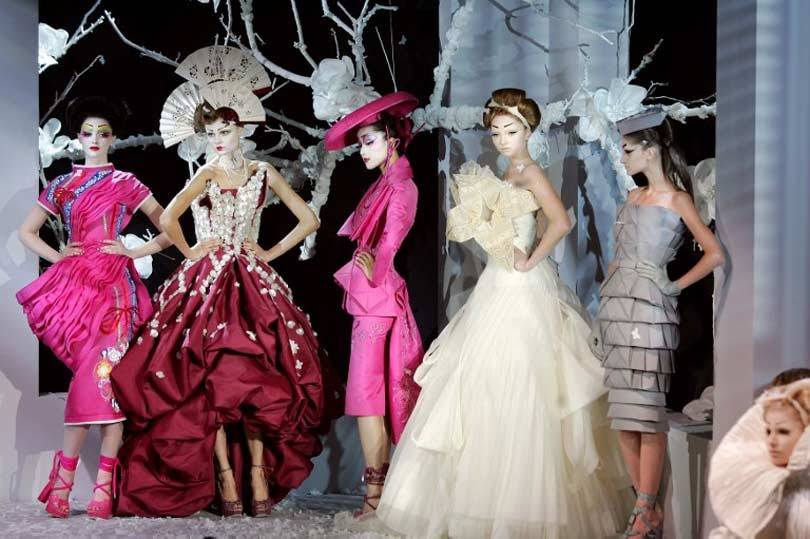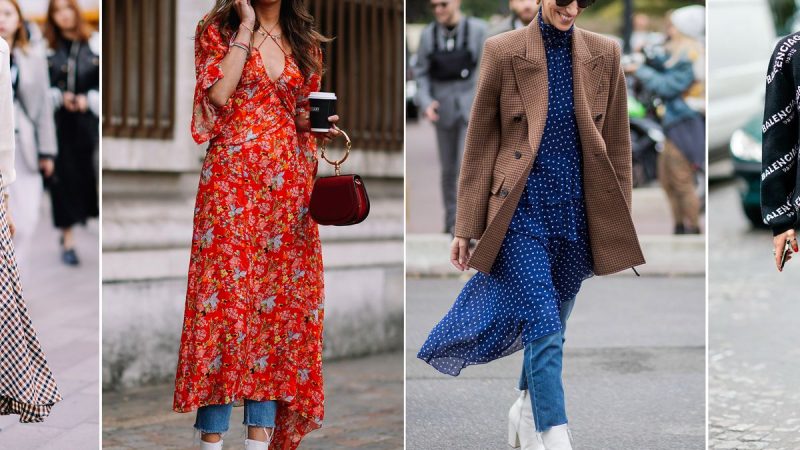Bringing Back the Glamour: Exploring Japan’s 80s Fashion Boom.

The 80s fashion boom in Japan was a time of great change and creativity in the fashion industry. Japanese designers and manufacturers began to experiment with new styles and materials, and the result was a unique and vibrant fashion scene that was unlike anything else in the world.
During this time, Japan’s fashion industry began to grow rapidly, and many new designers and brands emerged. This period saw the rise of some of Japan’s most iconic fashion labels, such as Comme des Garcons and Yohji Yamamoto.
The 80s fashion boom also had a significant impact on the way Japanese people dress today. Many of the trends that emerged during this time are still popular today, such as oversized silhouettes and bold colors.
This article will explore the 80s fashion boom in Japan, its impact on the country’s fashion industry, and its legacy in contemporary Japanese fashion.
The 80s Fashion Boom in Japan
In the 1980s, Japan saw a fashion boom unlike any other. Designers and brands from all over the world were clamoring to get a piece of the Japanese market, and new styles and trends were popping up every day. It was a time of experimentation and excess, and everyone was eager to try something new.
The 80s fashion boom in Japan was fueled by a number of factors. First, the Japanese economy was booming at the time, and people had disposable income to spend on luxury items.
Second, Japan was becoming more internationalized, and people were exposed to new cultures and styles through travel and media. Finally, there was a growing sense of individualism in Japan, as people increasingly sought to express their own unique style.
During the 80s fashion boom, a wide variety of styles emerged. For women, there was everything from girly frilly dresses to punk-inspired looks. Men could be seen sporting everything from traditional kimonos to Western-style suits. And unisex fashions, such as oversized sweaters and baggy jeans, were also popular.
The 80s fashion boom in Japan eventually came to an end in the early 1990s. But its legacy can still be seen in today’s Japanese fashion scene, which is known for its eclectic mix of styles.
The Rise of J-Fashion
The rise of J-Fashion can be traced back to the early 2000s when a new generation of Japanese designers began to experiment with traditional silhouettes and fabrics.
This new wave of fashion was heavily influenced by Western streetwear and hip-hop culture, and it quickly gained popularity among young people in Japan.
In the years since, J-Fashion has continued to evolve and grow, with many different styles and subcultures emerging within the scene. Today, J-Fashion is widely considered to be one of the most innovative and exciting fashion movements in the world.
The New Wave of Japanese Fashion
The new wave of Japanese fashion can be seen as a continuation of the 80s fashion boom. But, there are a few key differences that set it apart.
For one, the new wave is much more focused on individual style and expression. Whereas the 80s fashion boom was all about following trends, the new wave is all about creating your own unique look.
There are also a few key sub-genres that have emerged within the new wave of Japanese fashion. One of the most popular is decora, which is all about layering lots of different colors and patterns to create a fun and playful look. Another popular style is lolita, which takes a more elegant approach to dressing, with an emphasis on pretty dresses and skirts.
So whatever your personal style may be, you’re sure to find something to love within the new wave of Japanese fashion!
Japan’s 80s Fashion Boom
In the 1980s, Japan saw a fashion boom unlike any other. Designers and brands from all over the world were clamoring to get a piece of the Japanese market, and the country’s fashionistas were more than happy to oblige.
The 80s were a time of excess, and that was reflected in the fashion of the time. Garish colors, big shoulder pads, and outrageous hair styles were all the rage.
For many Japanese people, the 80s were a time of great prosperity. The country was enjoying an economic boom, and people had disposable income to spend on luxury items like designer clothes.
The 80s also saw a rise in youth culture, and fashion became a way for young people to express themselves.
The 80s fashion boom came to an end in the early 1990s, but its legacy can still be seen in today’s Japanese fashion scene.
Many of today’s most popular brands, such as Comme des Garcons and Yohji Yamamoto, got their start in the 80s. And even though the styles have changed, the Japanese still love to dress up and make a statement with their clothes.
The Fashion Boom of the 80s
The fashion boom of the 80s was a time when Japanese fashion truly came into its own. The country had long been known for its cutting-edge style and unique aesthetic, but in the 80s, Japanese fashion designers really began to make a name for themselves on the international stage.
Japanese fashion in the 80s was all about excess and extravagance. Bright colors, bold patterns, and outrageous silhouettes were all the rage.
And while some of the trends from this era may seem a bit dated today, there is no denying that the 80s were a golden age for Japanese fashion.
Today, many of the most popular Japanese fashion brands trace their origins back to the 80s boom. Brands like Comme des Garcons, Yohji Yamamoto, and Issey Miyake all got their start in this decade. And while the styles may have changed since then, the influence of the 80s can still be seen in contemporary Japanese fashion.
Conclusion
The 80s fashion boom in Japan was a time of great change and creativity in the fashion industry. Japanese designers and brands took the world by storm with their unique styles and innovative designs.
The 80s fashion boom was a time of great growth for the Japanese fashion industry, and it has continued to grow and thrive in the years since.



